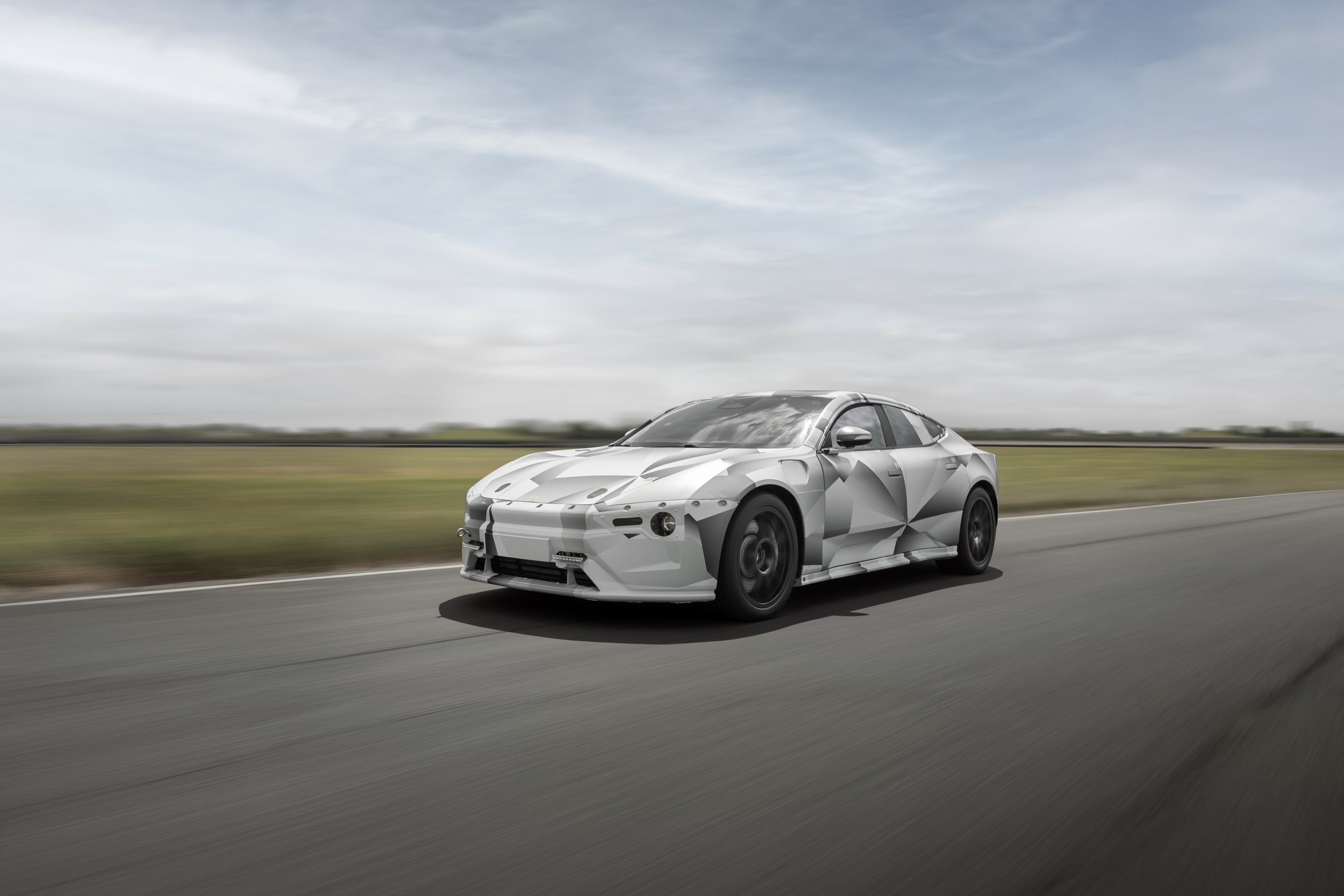Polestar’s Goodwood goodies
/A future flagship and a limited-edition version of the Kiwi market favourite will feature in the world’s most famous driveway sprint.
NORMALLY a couple of quick zips up a driveway would constitute a poor if not utterly pointless kind of test drive, but the entranceway to Lord March’s pile in the United Kingdom is no ordinary run.
This spectacular 1.86 kilometre hillclimb has become world-famous as the setting for the Goodwood Festival of Speed, an annual event next occurring on June 23-26 that draws hundreds of special vehicles to blast past the Goodwood House, into Molecomb Corner and continuing into history.
It’s become a magnet for Sino-Swedish electric specialist Polestar, which intends to have two cars on this year’s run.
The top biller is a study for an eventual range-topper, presumed set for NZ availability in 2025.
That car, the Polestar 5, is intended to be a halo model for sustainable models, and take aim at everything from the aging Tesla Model S to Porsche’s Panamera. Just one image has so far been released and, of course, the car carries camouflage.
It’s all but certain to be based on some variant of SPA2, the next generation of the Volvo-developed large-vehicle platform, and while technical make-up remains a mystery, it is clear it will be an imposing sight, at around 4.7 metres long with a 3.1-metre wheelbase.
Also set to zip up the hill is an uprated, high-performance version of the only Polestar available to Kiwis for now.
The BST edition 270 version of the Polestar 2 (above) is a limited availability: As the name implies, just 270 examples will be built for sale worldwide. Don’t expect to see one here; only 10 cars in the run are not left hook and NZ missed on those.
The special edition is closely based on a tuned and tweaked Polestar 2 the brand ran at last year’s Goodwood.
While it keeps the same 78kWh battery as the standard Polestar 2, the edition 270 gets more power - 350kW and a massive 680Nm of torque. The throttle response has been tuned for 'heightened responsiveness' says Polestar.
The suspension has been tuned, too. The four-wheel drive Polestar already gets clever manually-adjustable Ohlins dampers, but these have now been upgraded to two-way adjustable dampers with auxiliary adjustment chambers mounted under the bonnet, a front strut bar, 20 percent stiffer springs and unique new matte black 21-inch alloy wheels. The ride height is also 25mm lower, and there are especially-developed 245/35R21 Pirelli P Zero tyres.
It and Polestar 5 are set to run, while another project, an electric roadster concept, will be displayed.
Polestar 5’s promise should be under-estimated. Spawned from the brand’s stunning Precept concept it, according to the firm, “embodies the company’s increasingly independent and muscular design language” cues of which are also ingrained into the Polestar 3, a sports utility coming to NZ in 2023, with the order book set to be opened soon.
Development of the Polestar 5 is continuing, with Polestar suggesting a global launch in 2024.
Speaking on the subject, Polestar chief executive Thoma Ingenlath has previously stated that “this car will be thoroughly engineered and tested, so of course, three years will pass before we can talk about the start of production”.
The electric-only manufacturer intends to make the 5 as a halo model for sustainable vehicles, with “the development of the sustainability, technology and performance credentials of Polestar 5 (to) be discussed in future episodes”.
Expected is extensive use of recycled and plant-sourced materials inside, as Polestar tries to avoid the use of ‘virgin plastics’. The company has already confirmed that it is working with external partner Bcomp on a flax-based composite that could be used for exterior parts as well as in the cabin.
Overseas reports say the cabin looks similar to that of the Precept concept with an overall layout similar to the Polestar 2’s with a large central touchscreen.
At the front, the ‘Thor’s hammer’ headlights have been split into two elements, and although the overall stance is less dramatic than the show car, details such as the deeply scalloped sills and narrow glasshouse remain.


















